Rising Energy Costs
The Steam Boiler System Market is also influenced by the rising energy costs that industries face. As energy prices continue to escalate, there is a growing urgency for businesses to adopt more energy-efficient steam boiler systems. This trend is particularly evident in sectors such as manufacturing and food processing, where energy consumption constitutes a significant portion of operational costs. In response, many companies are investing in advanced steam boiler technologies that offer improved efficiency and lower fuel consumption. The market is expected to witness a shift towards renewable energy sources, such as biomass and solar, for steam generation, which could further drive innovation in the sector. Consequently, the need to mitigate energy expenses is likely to propel the demand for modern steam boiler systems that provide cost-effective solutions.
Focus on Sustainability
The Steam Boiler System Market is increasingly shaped by a focus on sustainability and environmental responsibility. As industries strive to reduce their carbon footprint, there is a growing demand for steam boiler systems that utilize cleaner fuels and incorporate energy-efficient technologies. This shift is driven by both regulatory pressures and consumer preferences for sustainable practices. In 2025, the market for eco-friendly steam boilers is projected to expand significantly, as companies seek to align their operations with sustainability goals. The integration of renewable energy sources and the development of low-emission steam boilers are key trends that are likely to gain traction. This focus on sustainability not only enhances the market appeal of steam boiler systems but also positions industries to meet future environmental standards and consumer expectations.
Technological Innovations
Technological innovations play a crucial role in shaping the Steam Boiler System Market. The advent of smart technologies, such as IoT-enabled steam boilers, has revolutionized the way these systems operate. These innovations allow for real-time monitoring and predictive maintenance, which can significantly reduce downtime and operational costs. In 2025, the market for smart steam boilers is anticipated to grow at a rate of 6% annually, driven by the increasing adoption of automation in industrial processes. Additionally, advancements in materials and design have led to the development of more efficient and durable steam boilers, further enhancing their appeal. As industries continue to seek ways to improve efficiency and reduce energy consumption, the integration of cutting-edge technologies into steam boiler systems is likely to remain a key driver of market growth.
Increasing Industrial Demand
The Steam Boiler System Market experiences a notable surge in demand driven by various industrial sectors, including manufacturing, food processing, and energy generation. As industries expand, the need for efficient steam generation systems becomes paramount. In 2025, the market is projected to reach a valuation of approximately USD 20 billion, reflecting a compound annual growth rate of around 5.5%. This growth is largely attributed to the rising need for process heating and power generation, which steam boilers effectively provide. Furthermore, industries are increasingly adopting advanced steam boiler technologies to enhance operational efficiency and reduce energy consumption, thereby propelling the market forward. The integration of automation and control systems in steam boilers also contributes to this trend, as industries seek to optimize their production processes.
Regulatory Compliance and Safety Standards
The Steam Boiler System Market is significantly influenced by stringent regulatory compliance and safety standards imposed by various governmental bodies. These regulations aim to ensure safe operation and minimize environmental impact, compelling industries to invest in modern steam boiler systems that meet these requirements. In recent years, there has been a marked increase in regulations concerning emissions and energy efficiency, which has led to a shift towards cleaner technologies. As a result, manufacturers are focusing on developing steam boilers that not only comply with these regulations but also enhance operational safety. The emphasis on safety and compliance is expected to drive market growth, as industries prioritize investments in systems that mitigate risks and adhere to legal standards, thereby fostering a safer working environment.


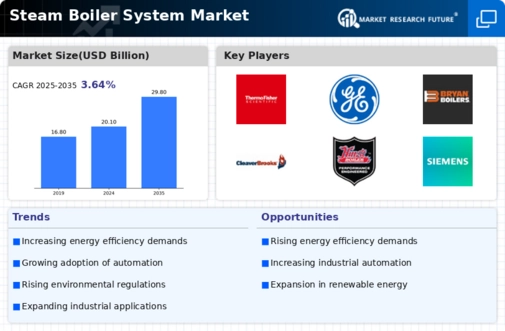
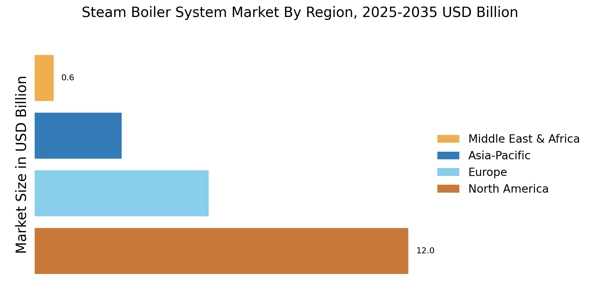
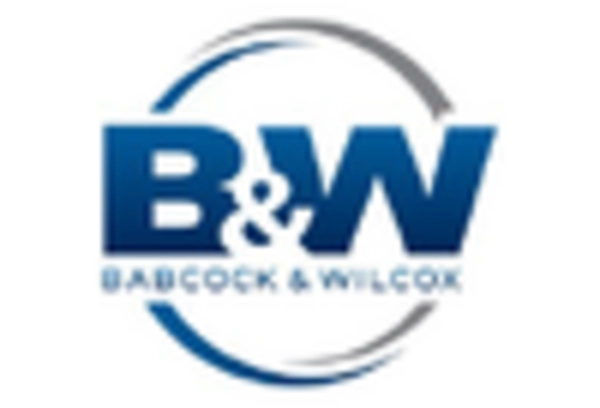

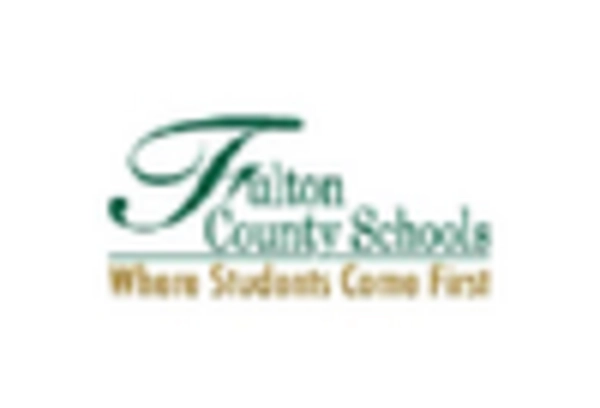

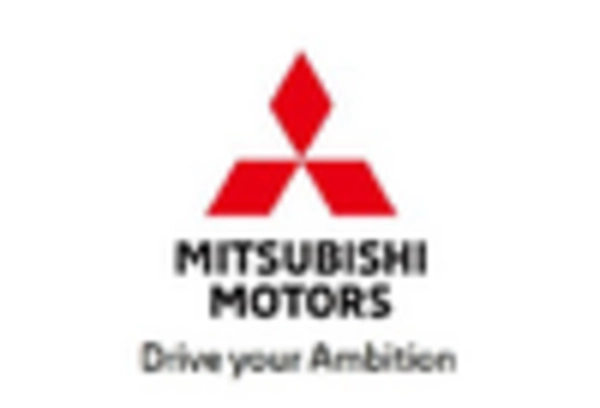









Leave a Comment